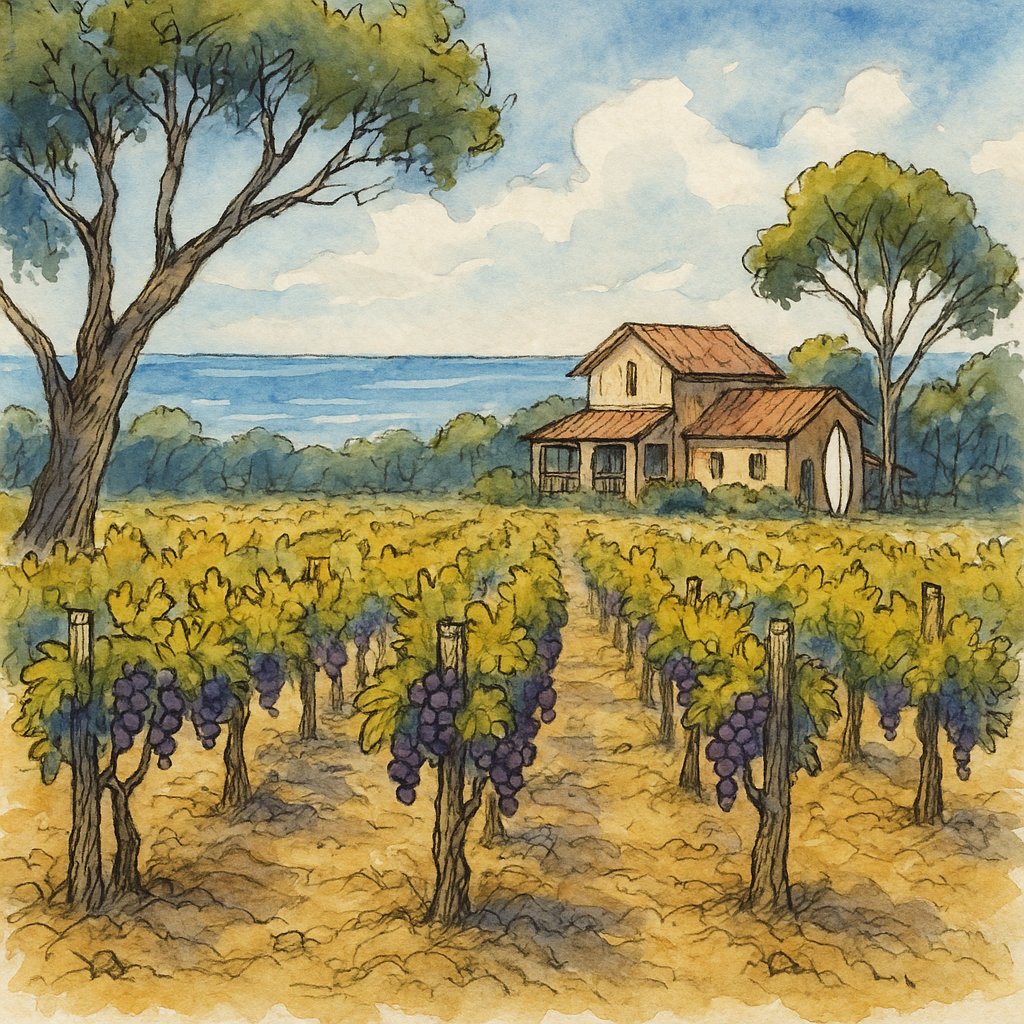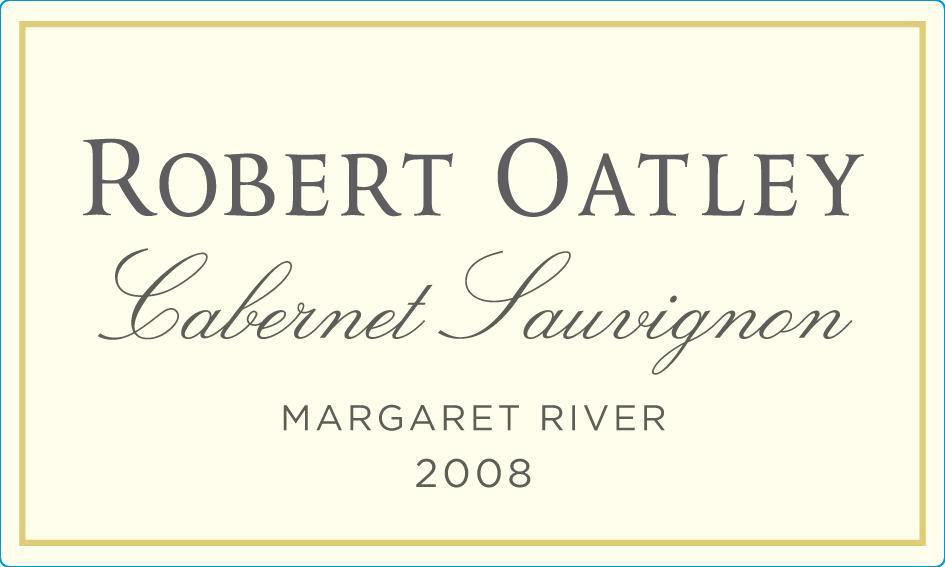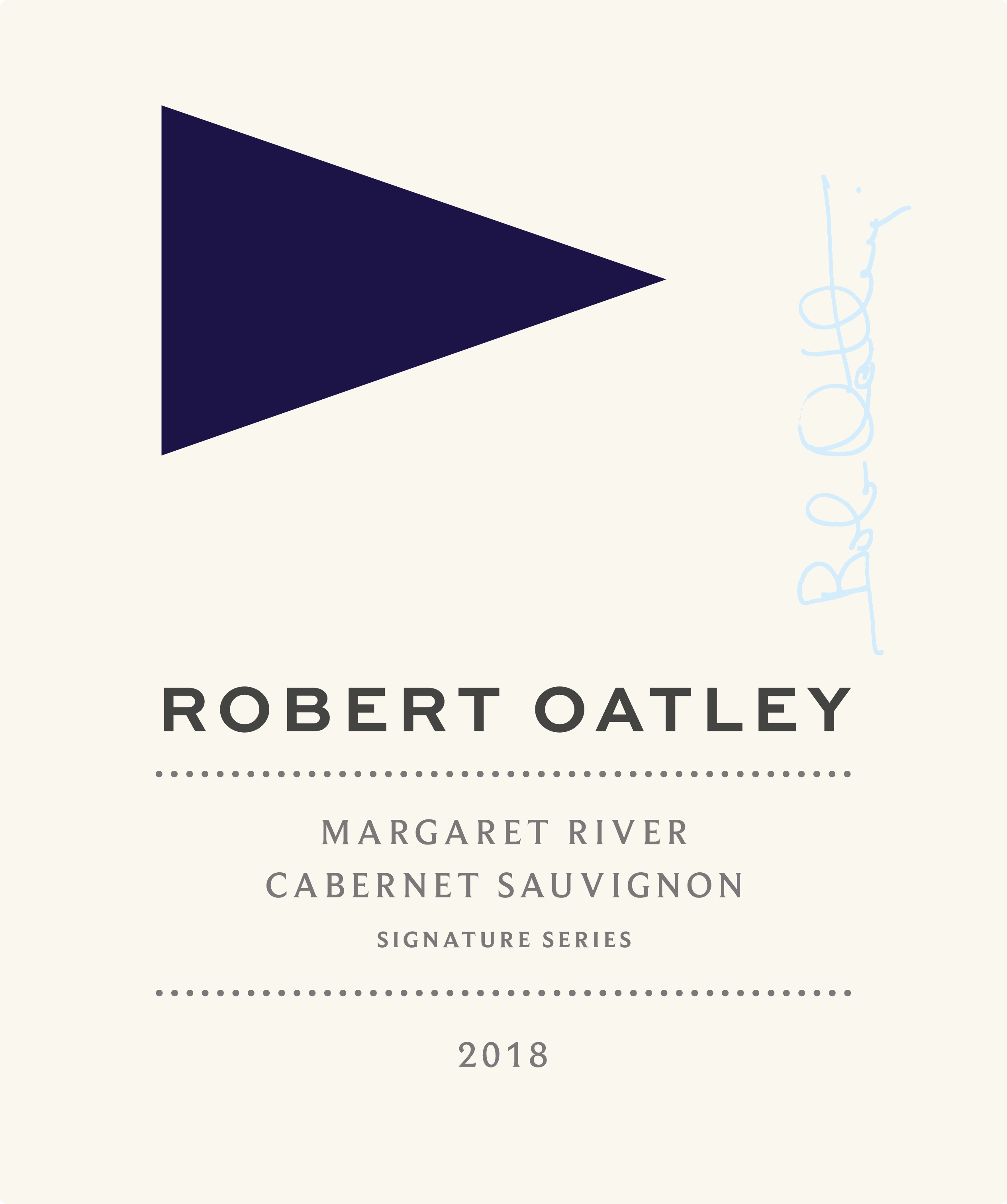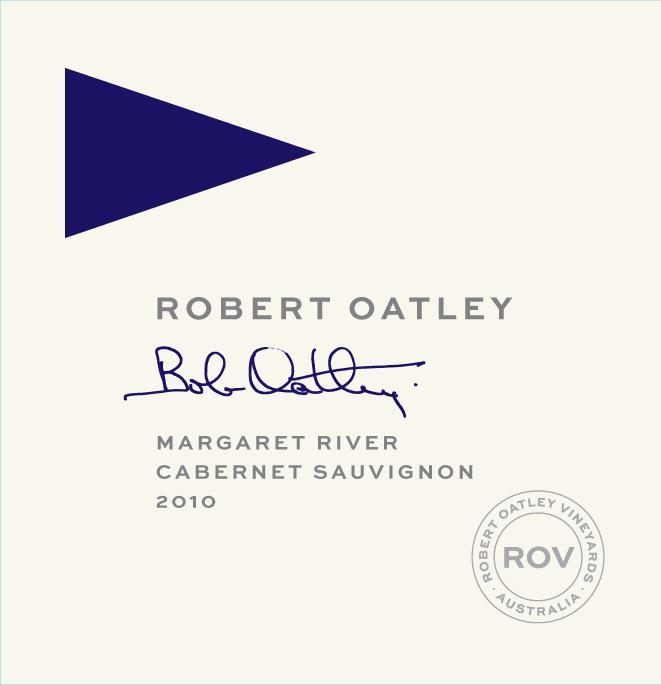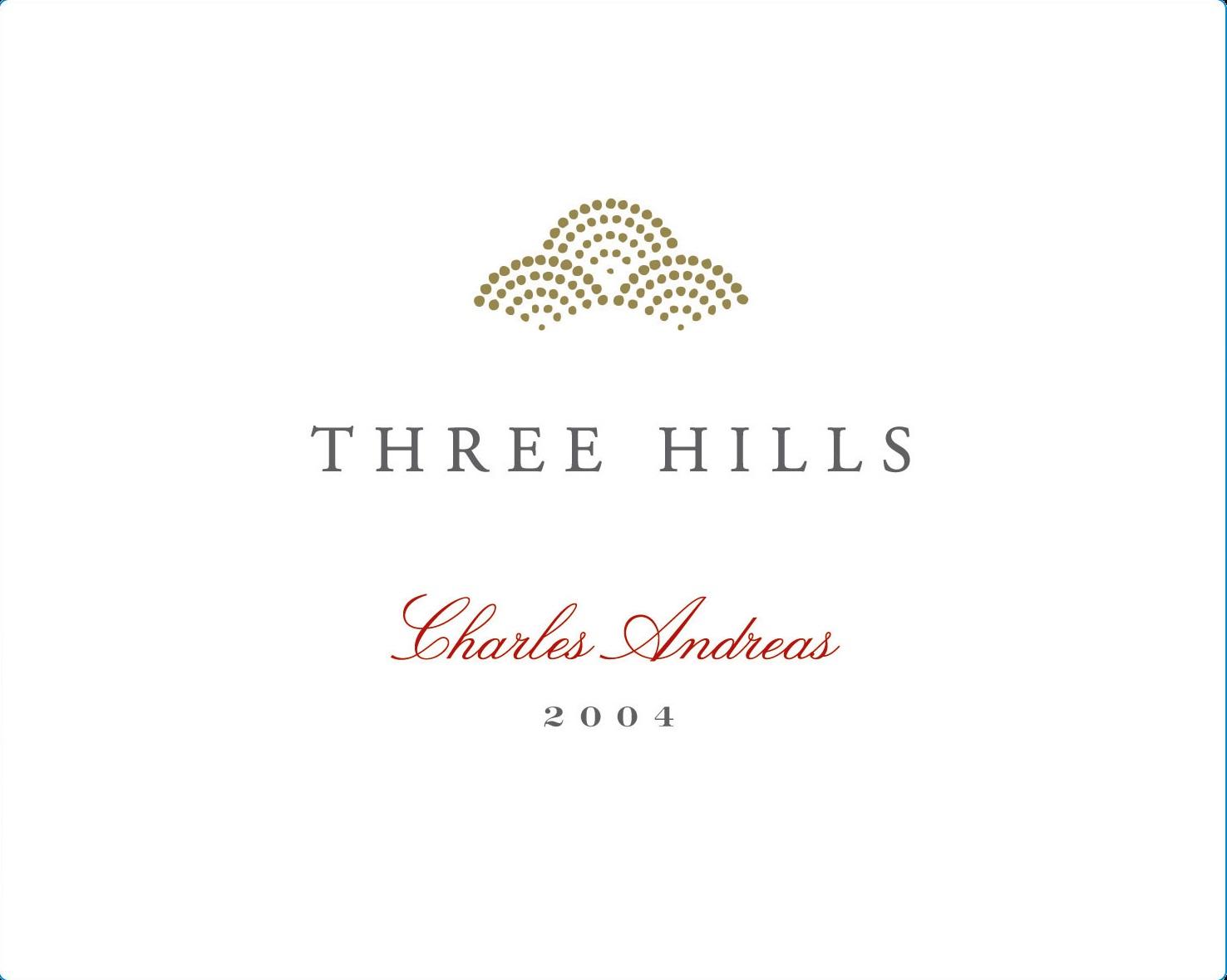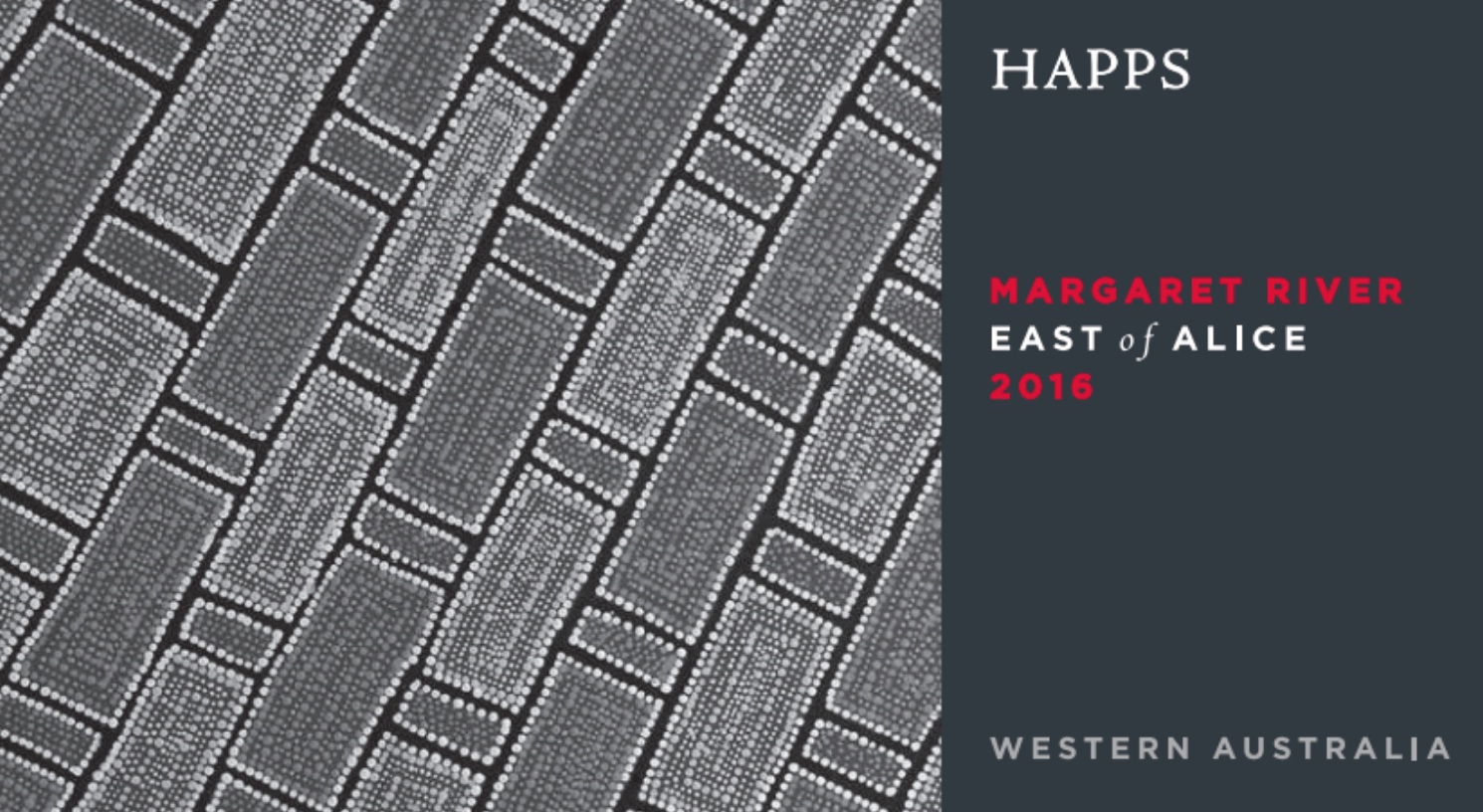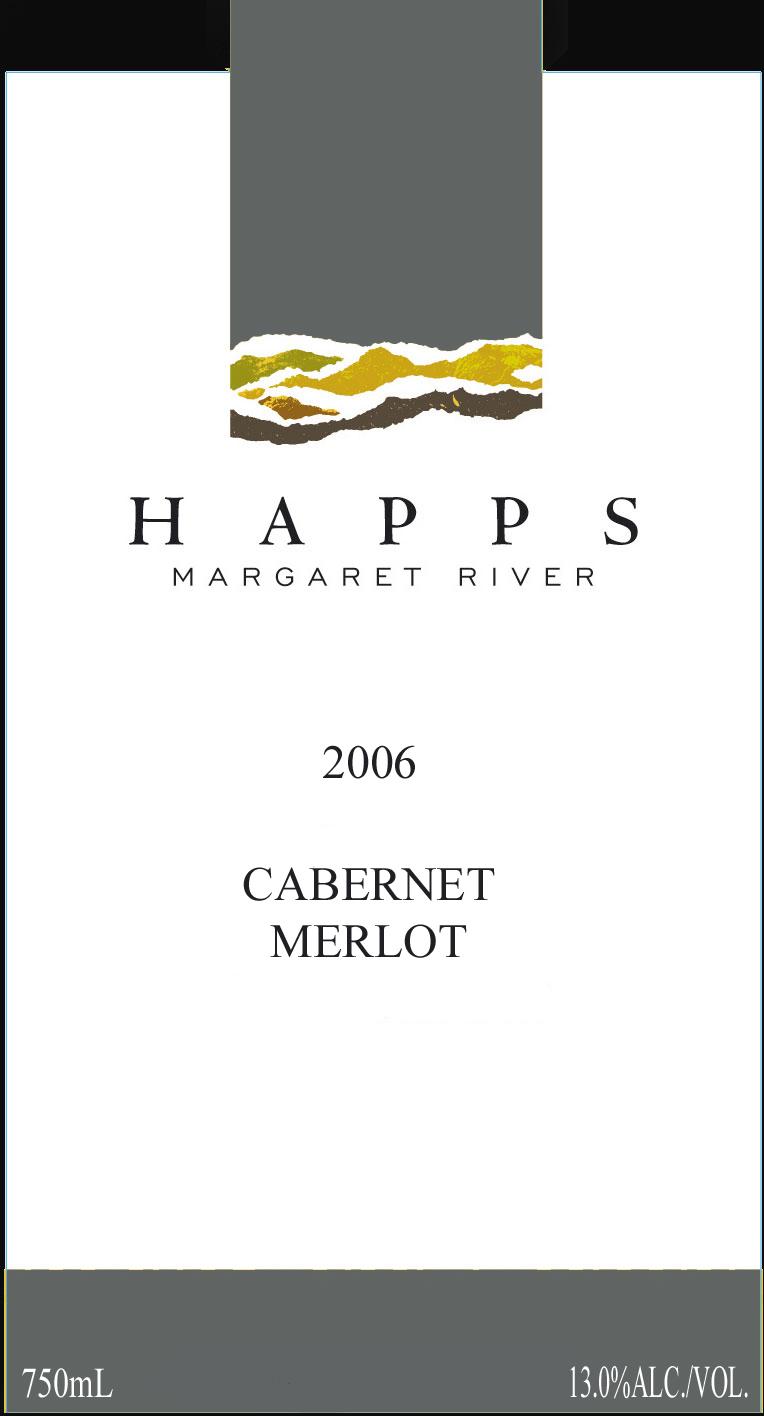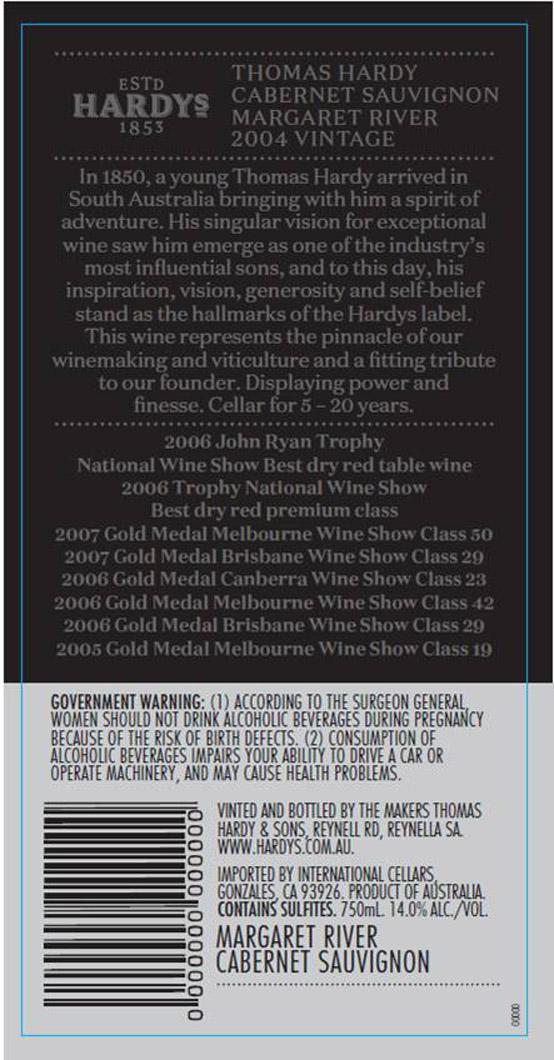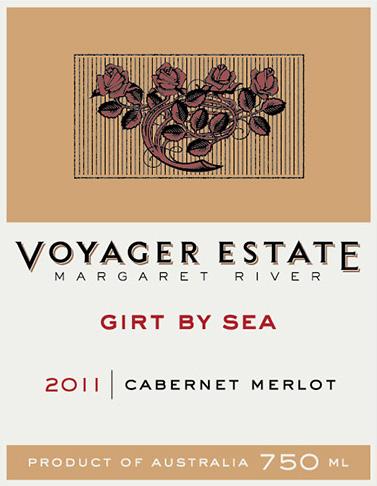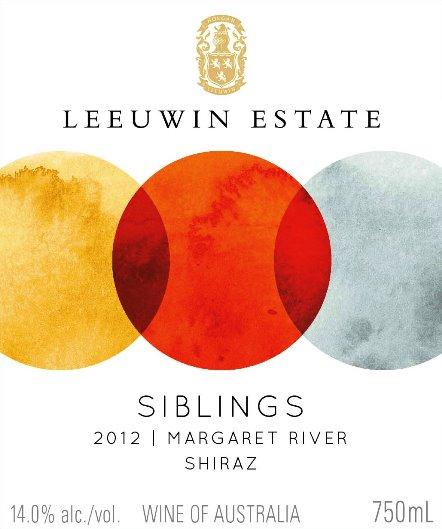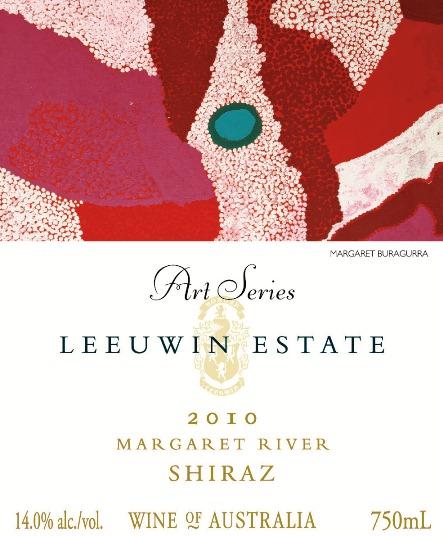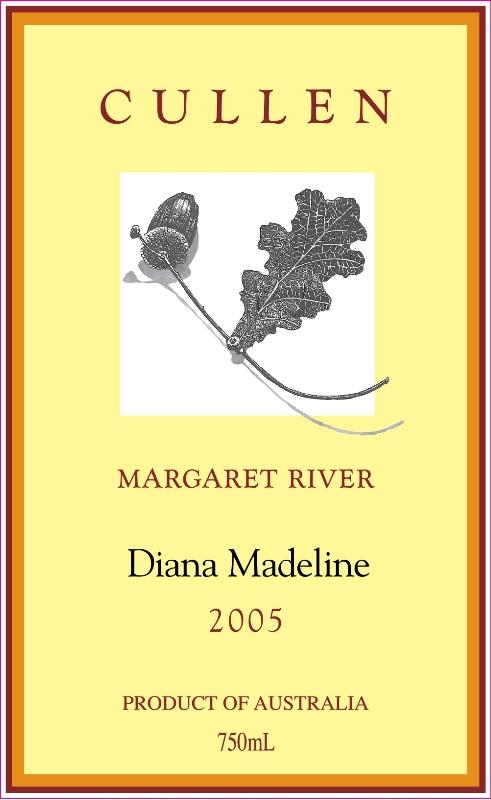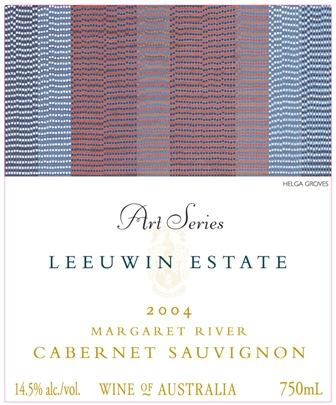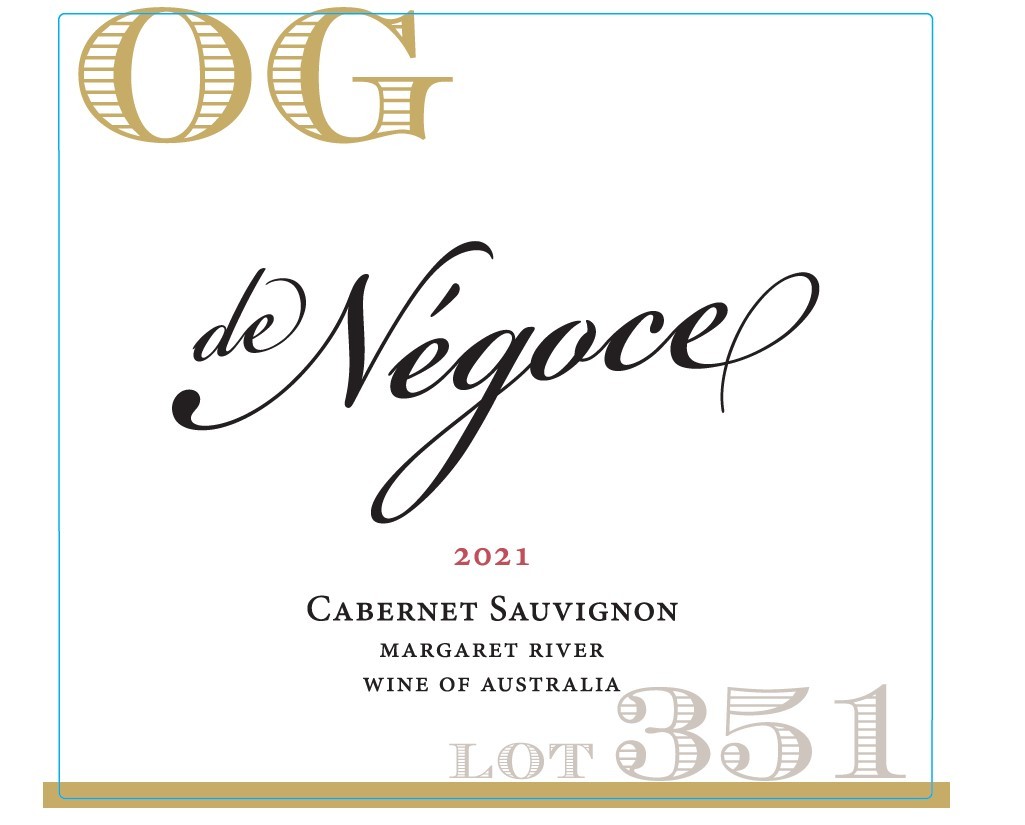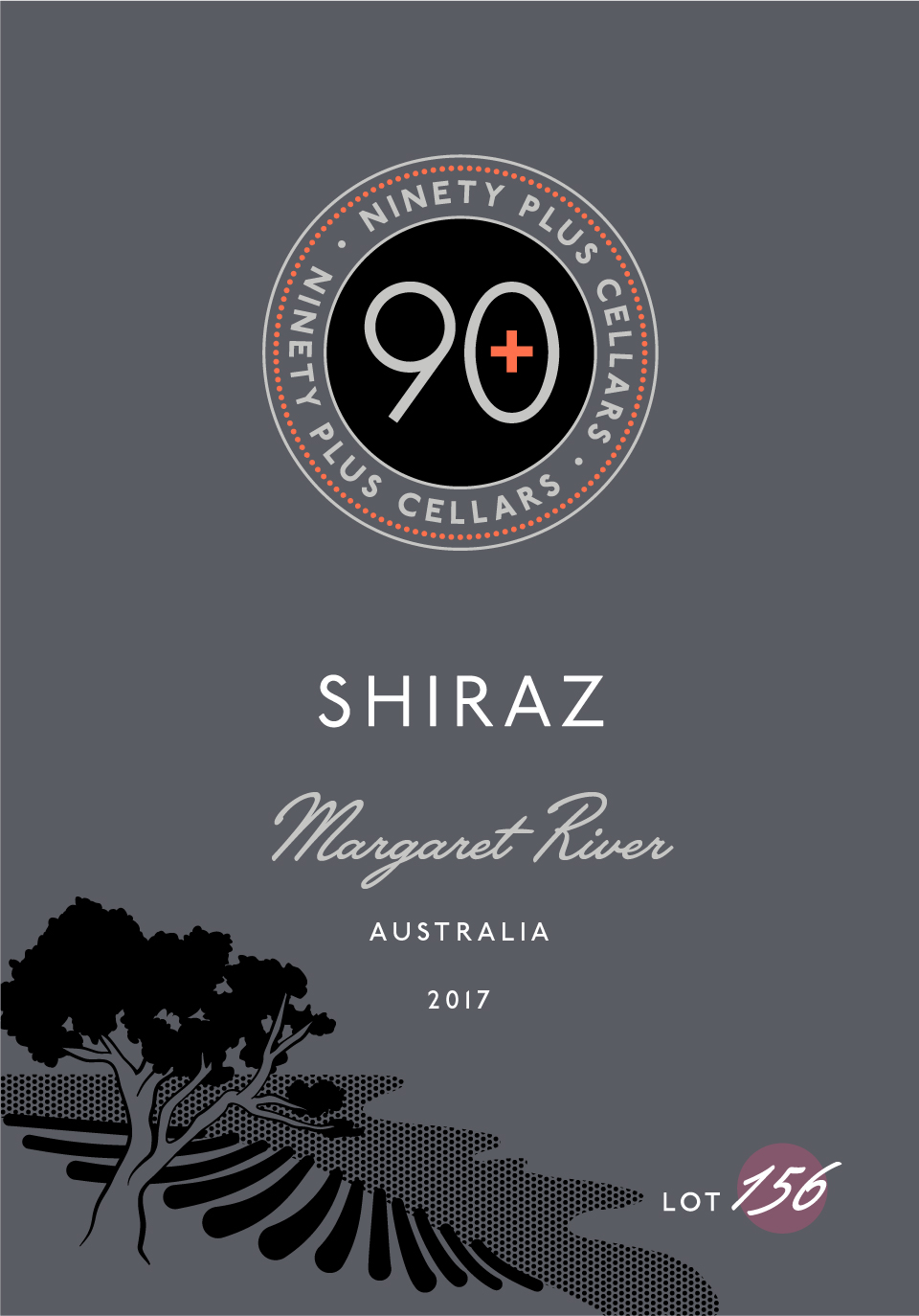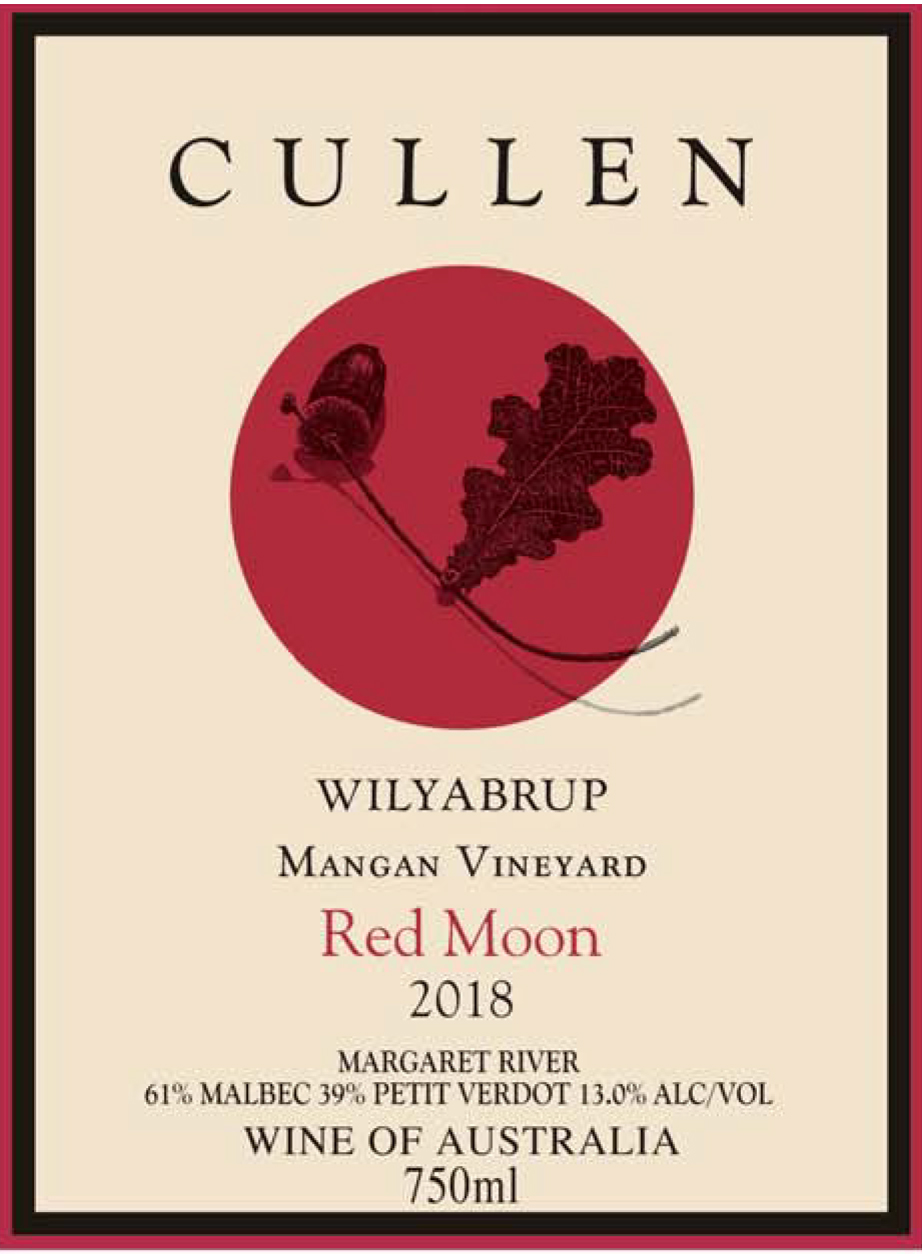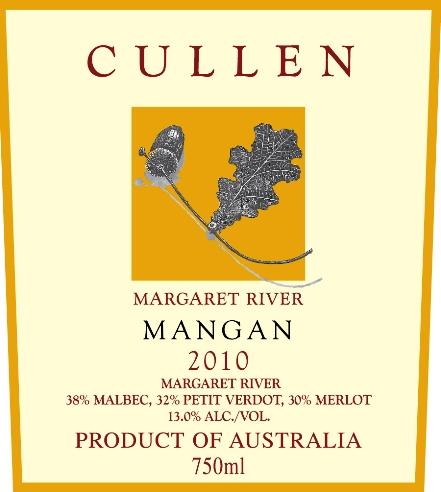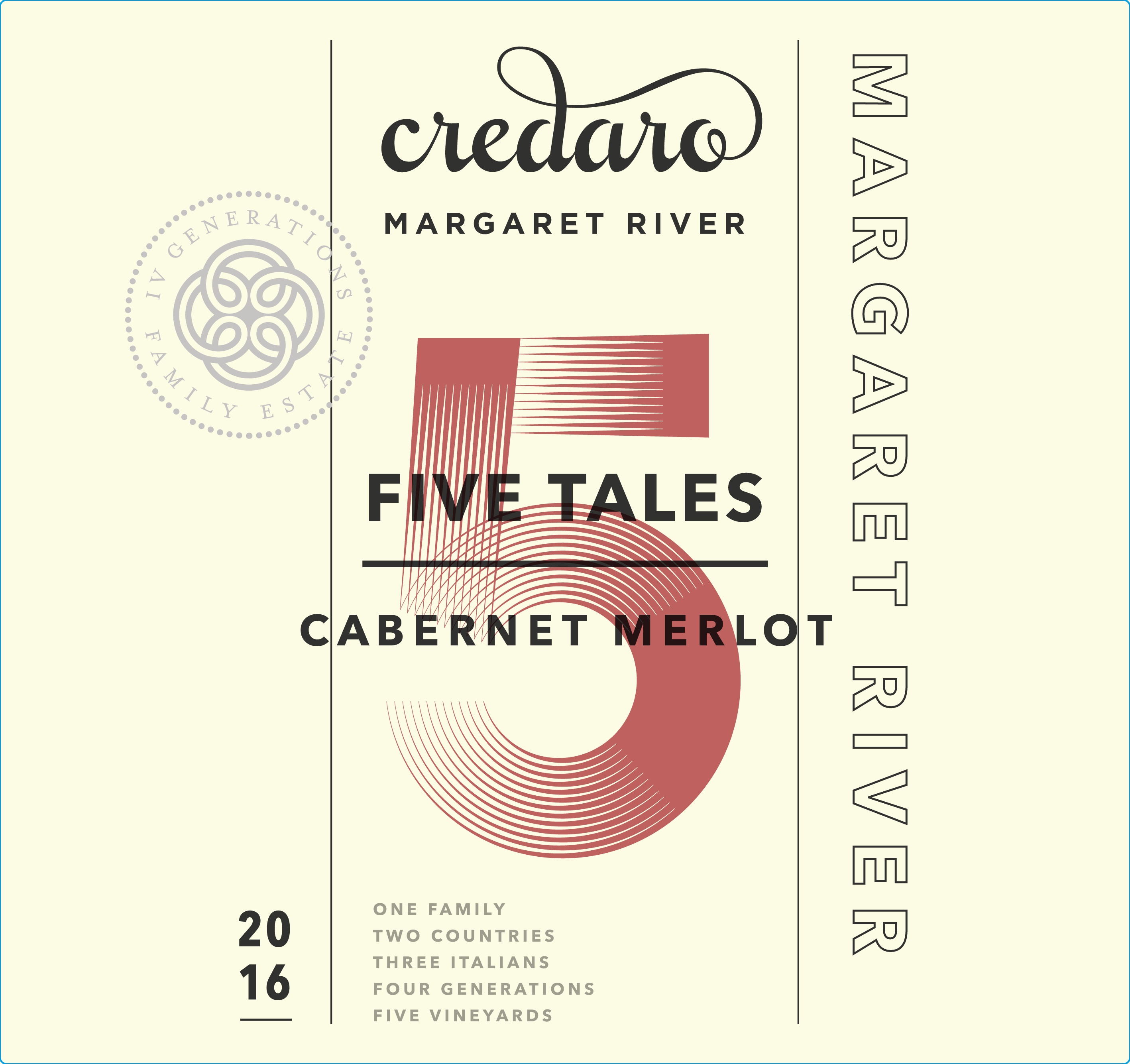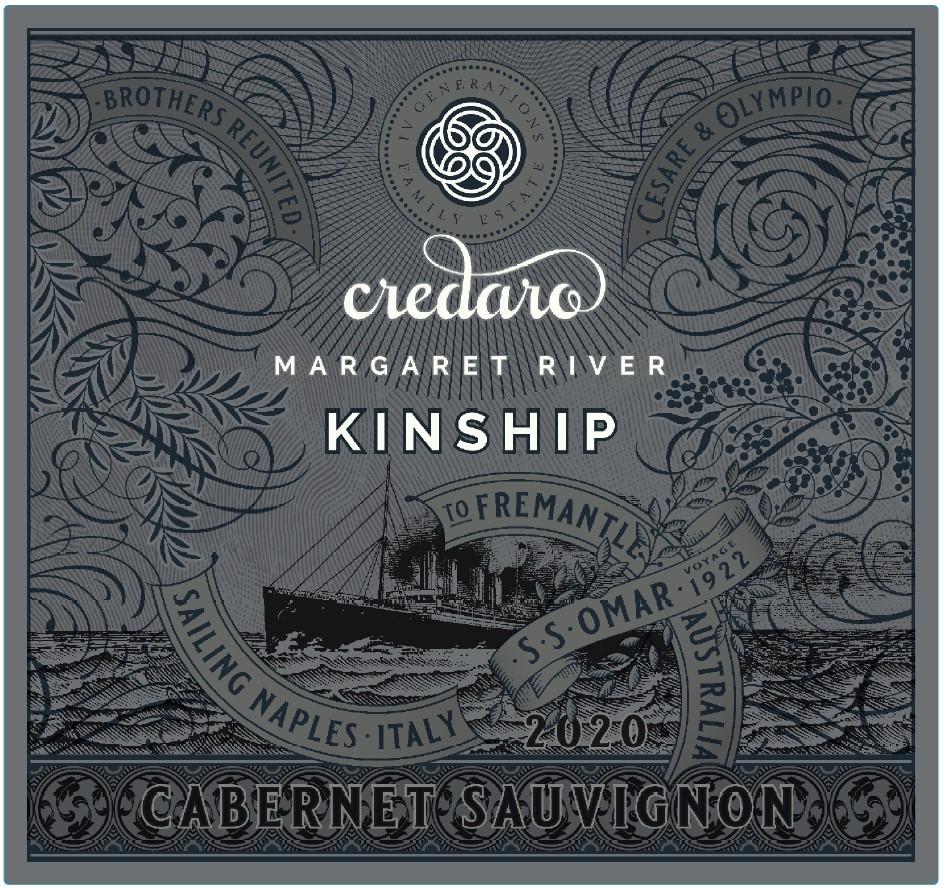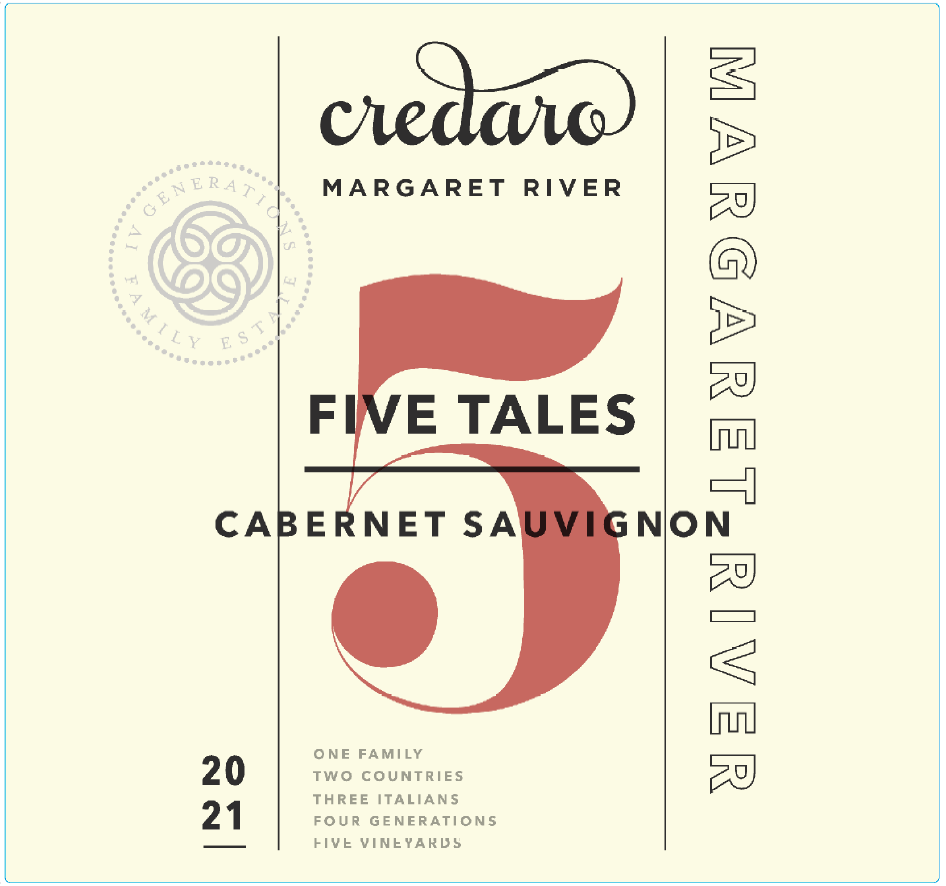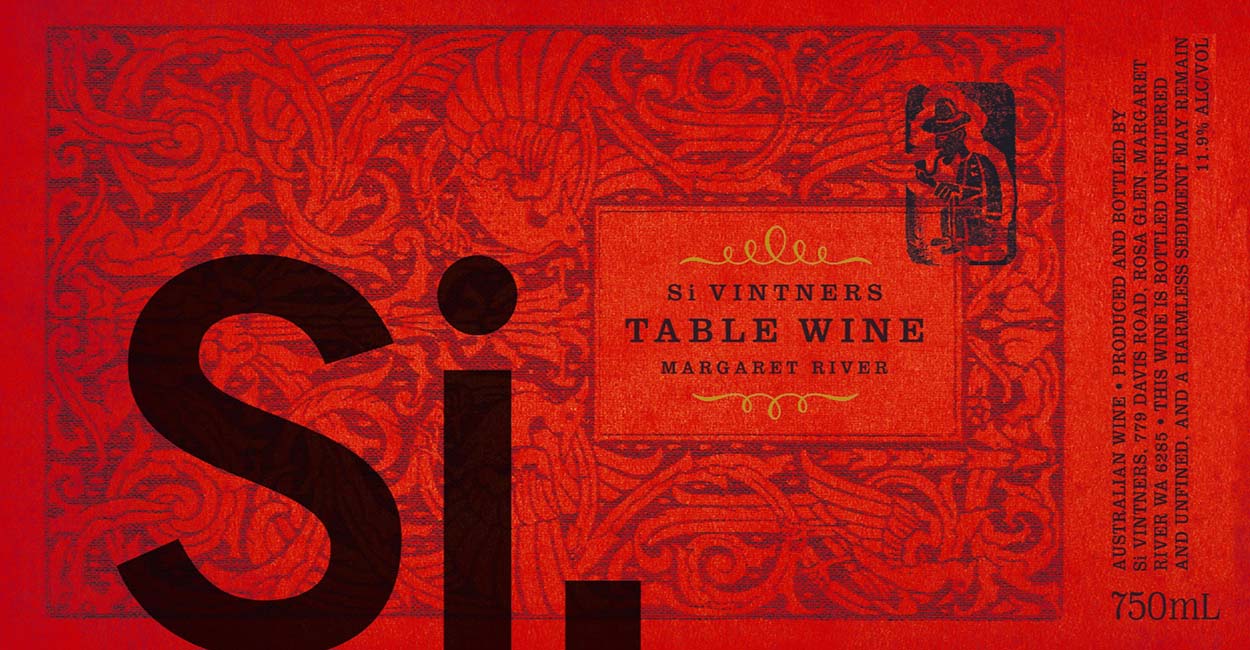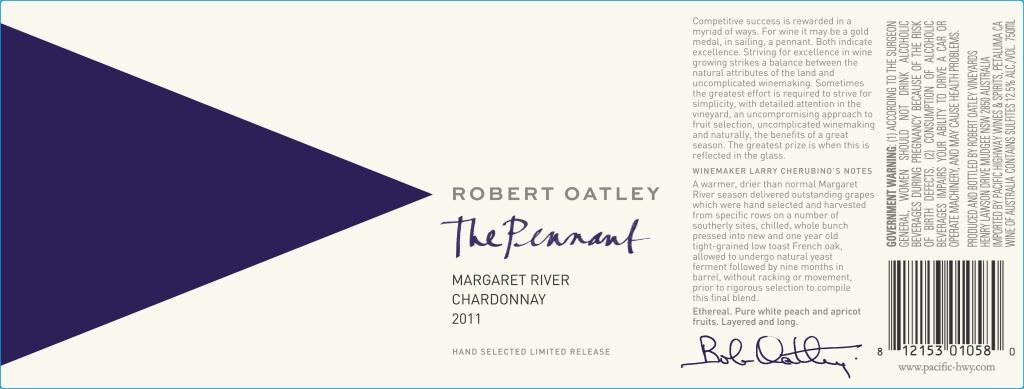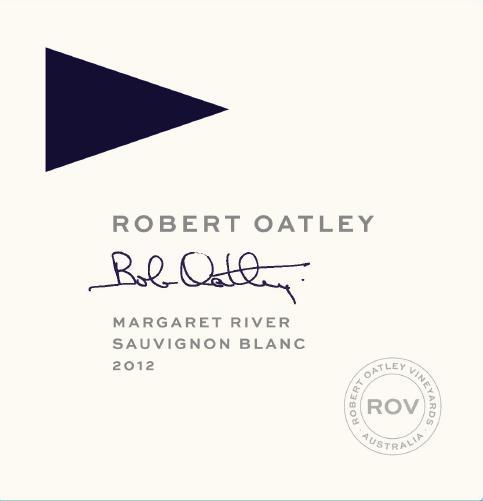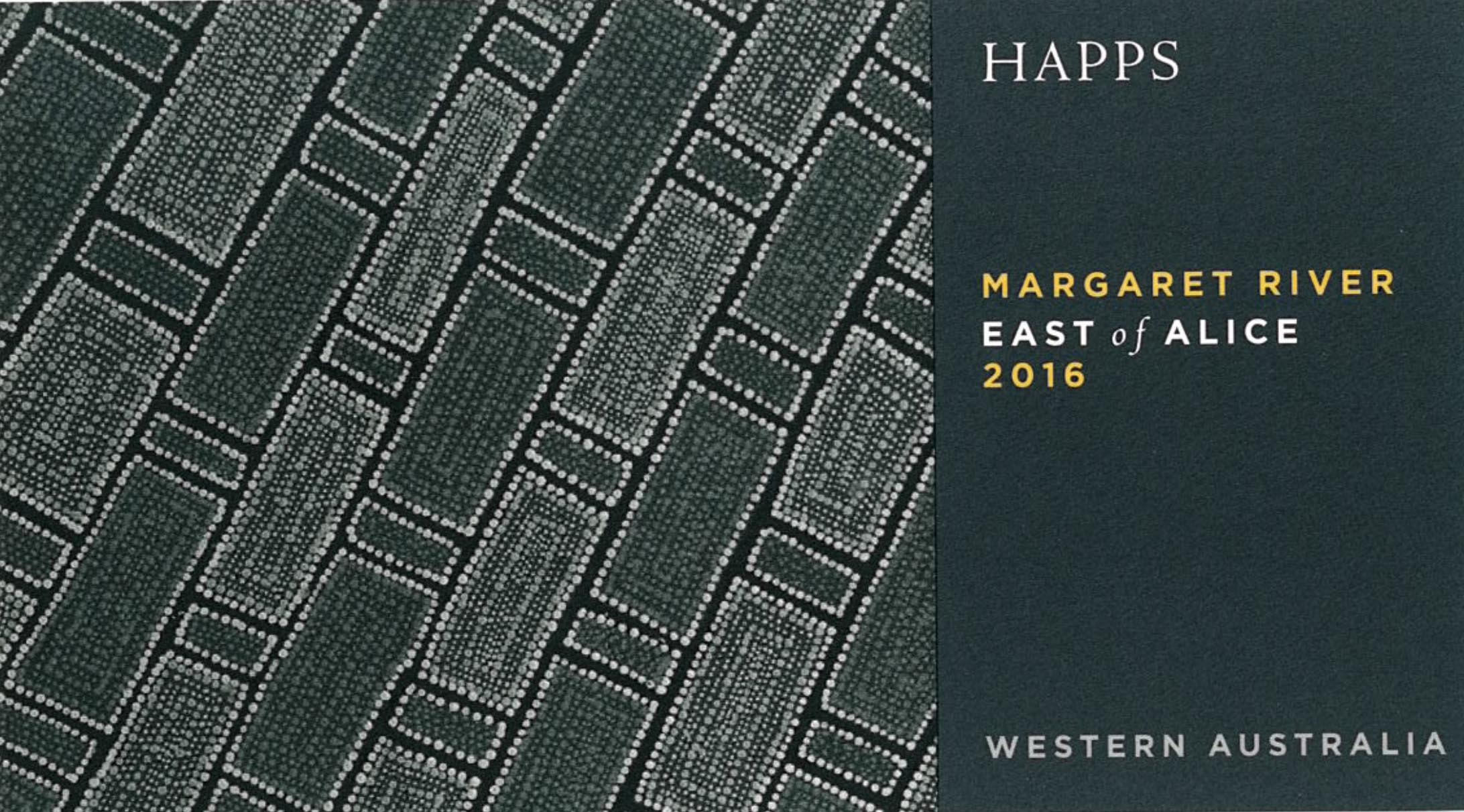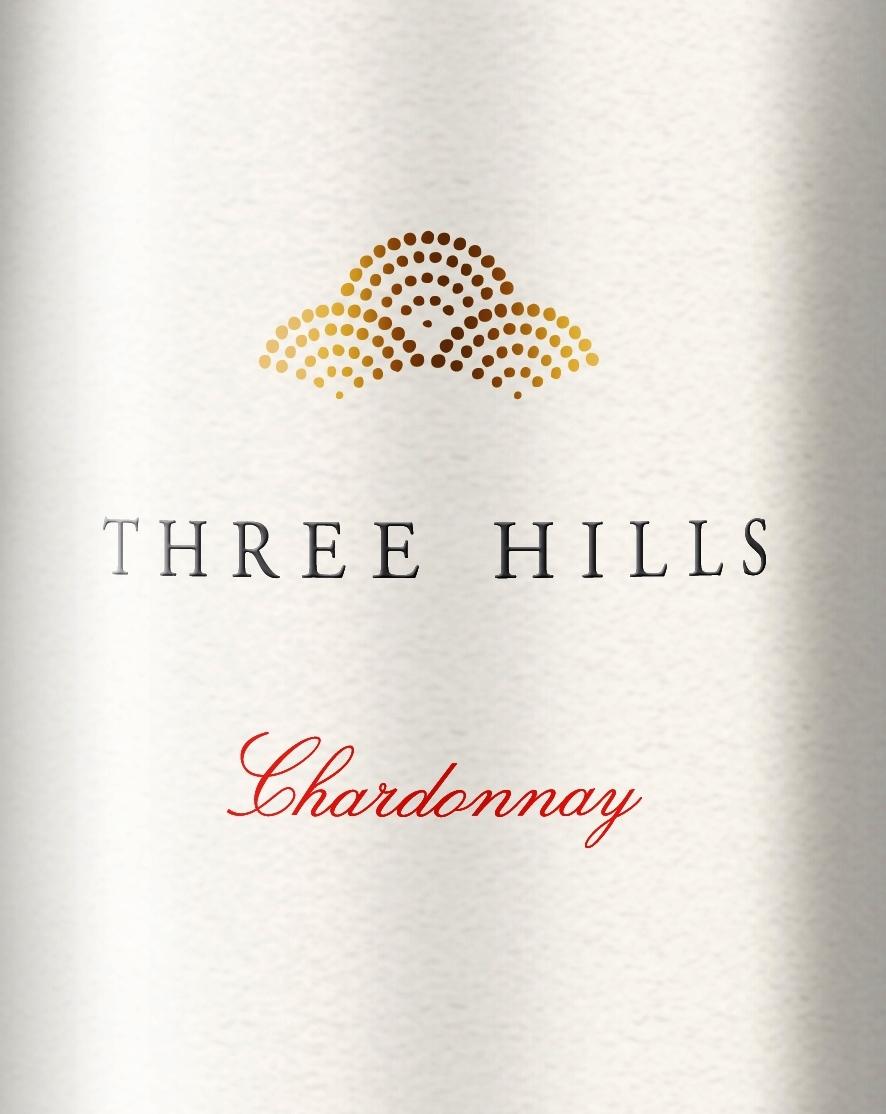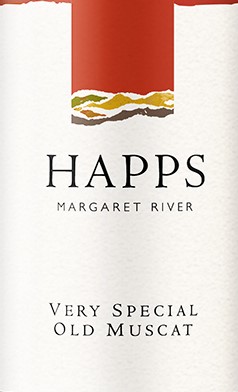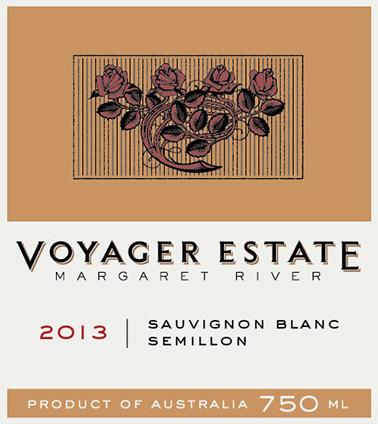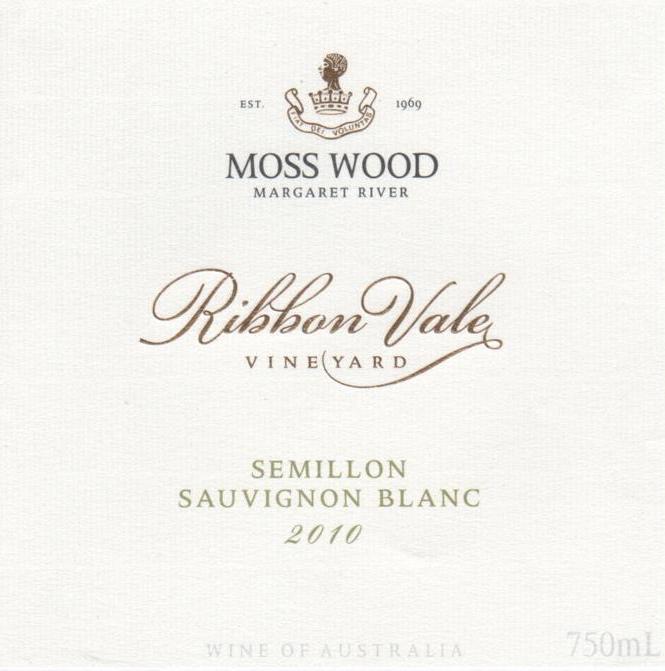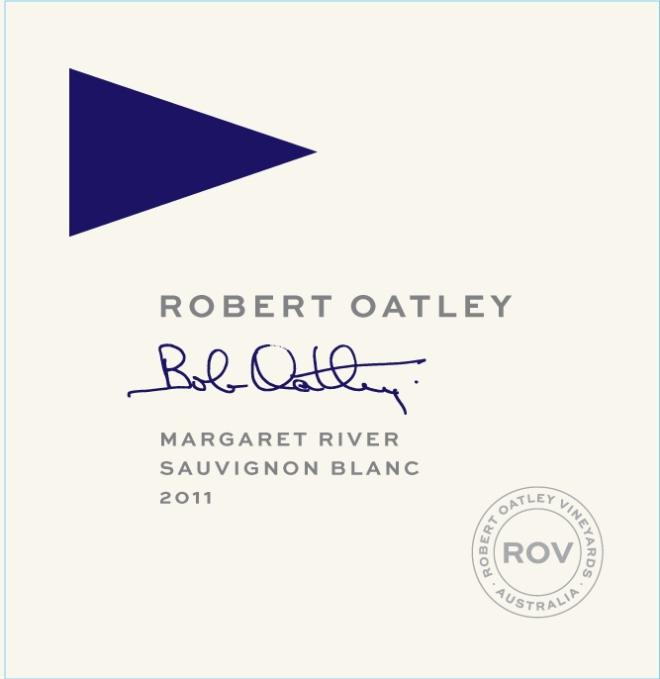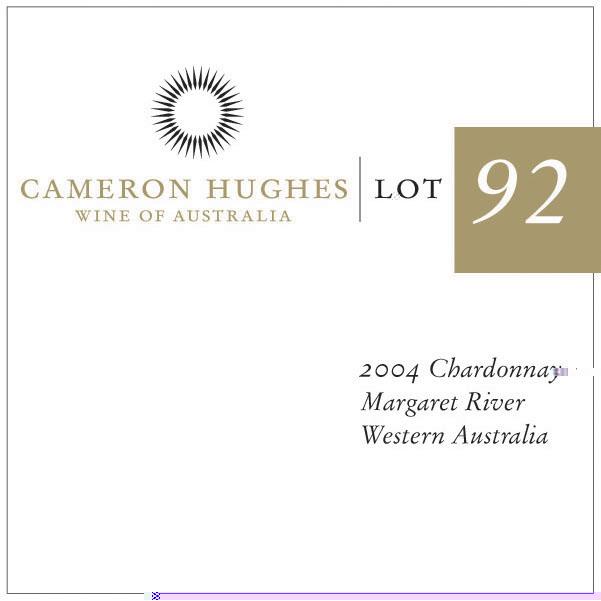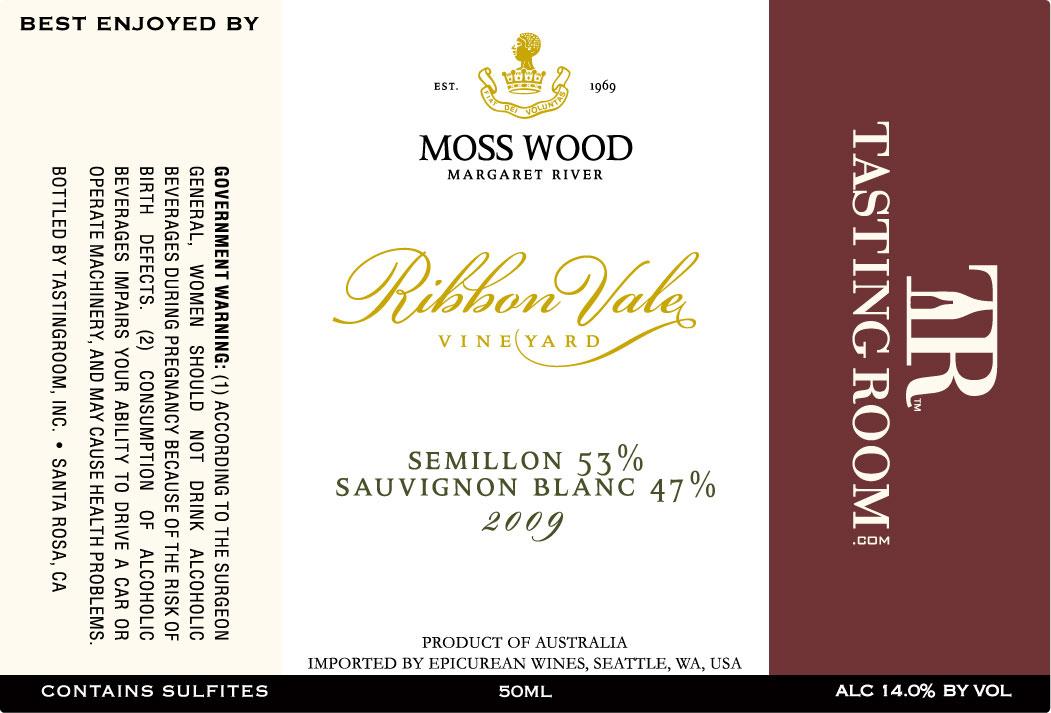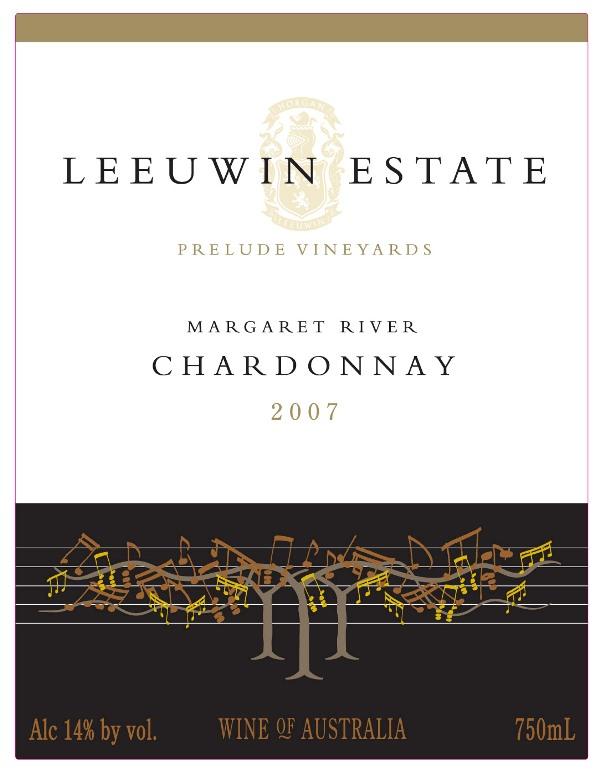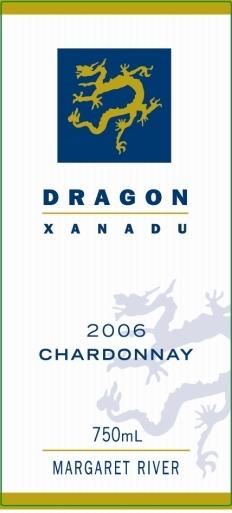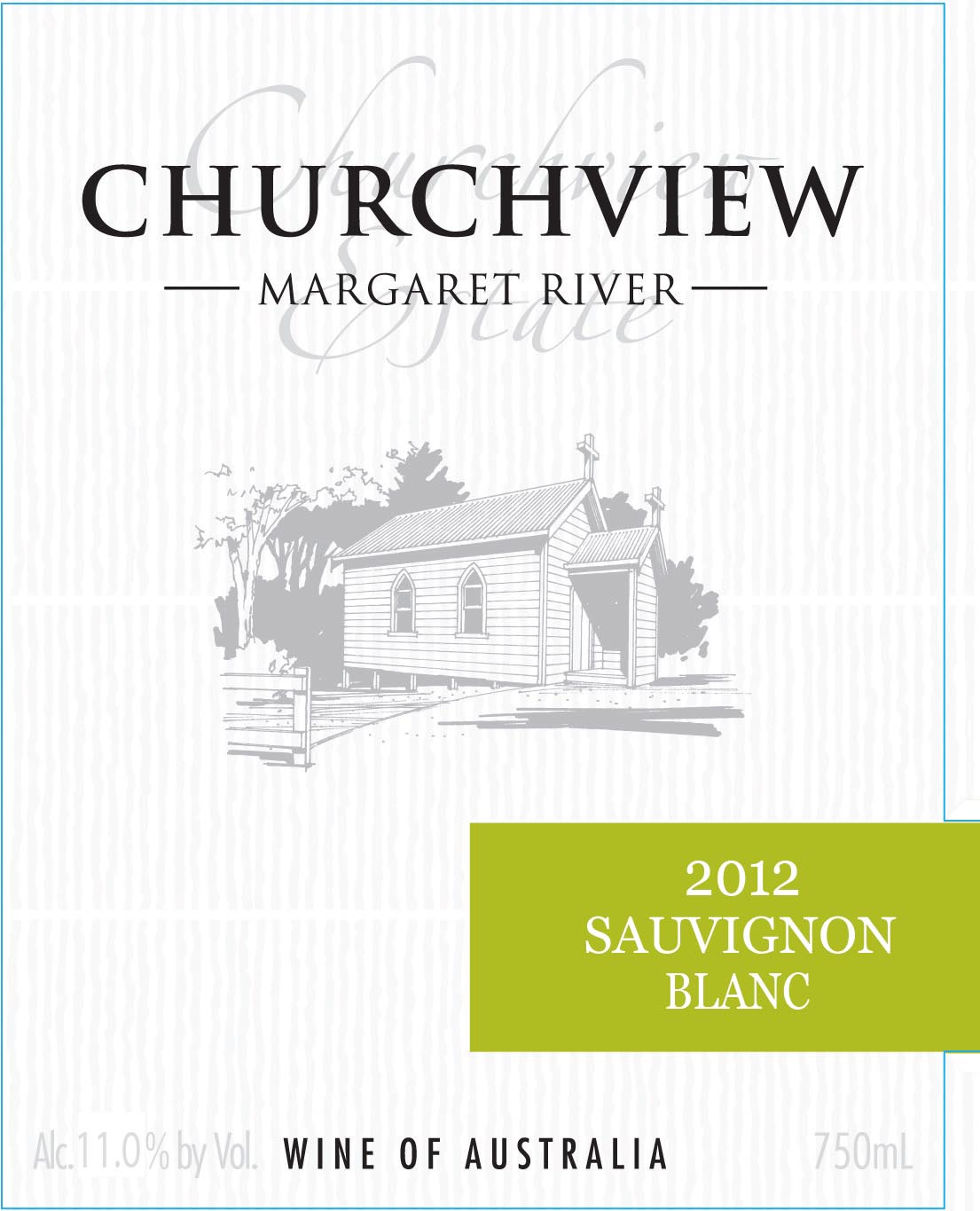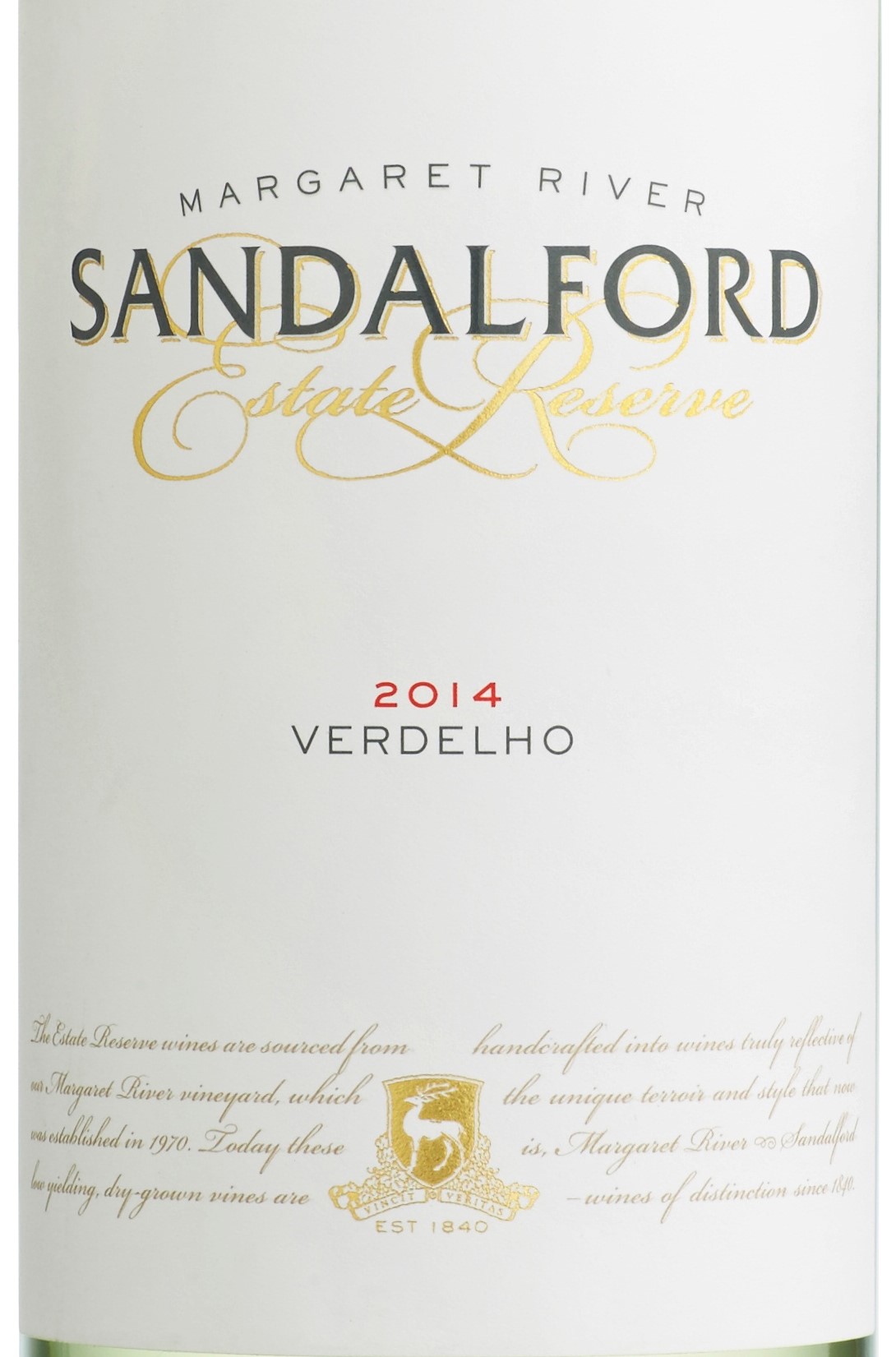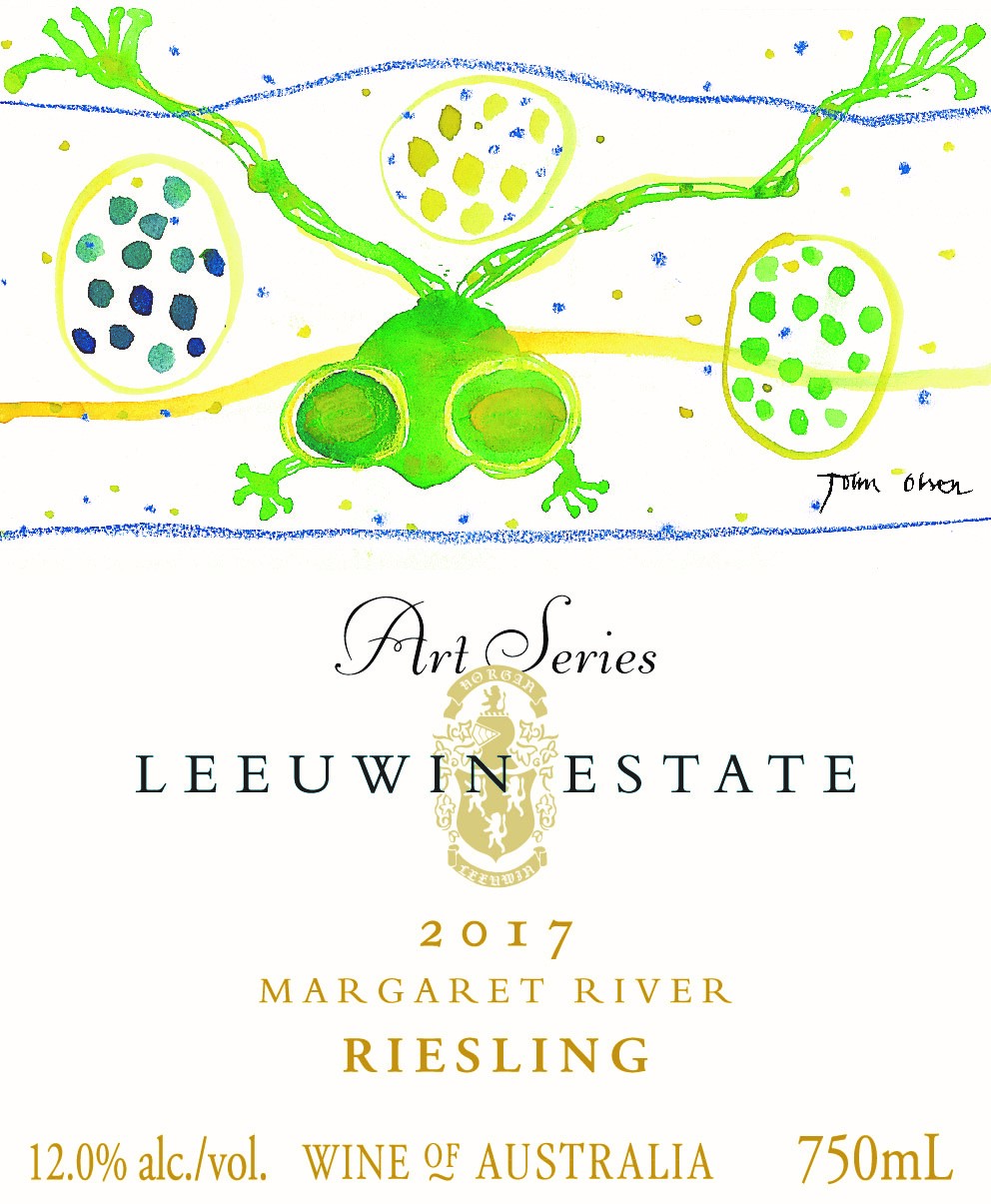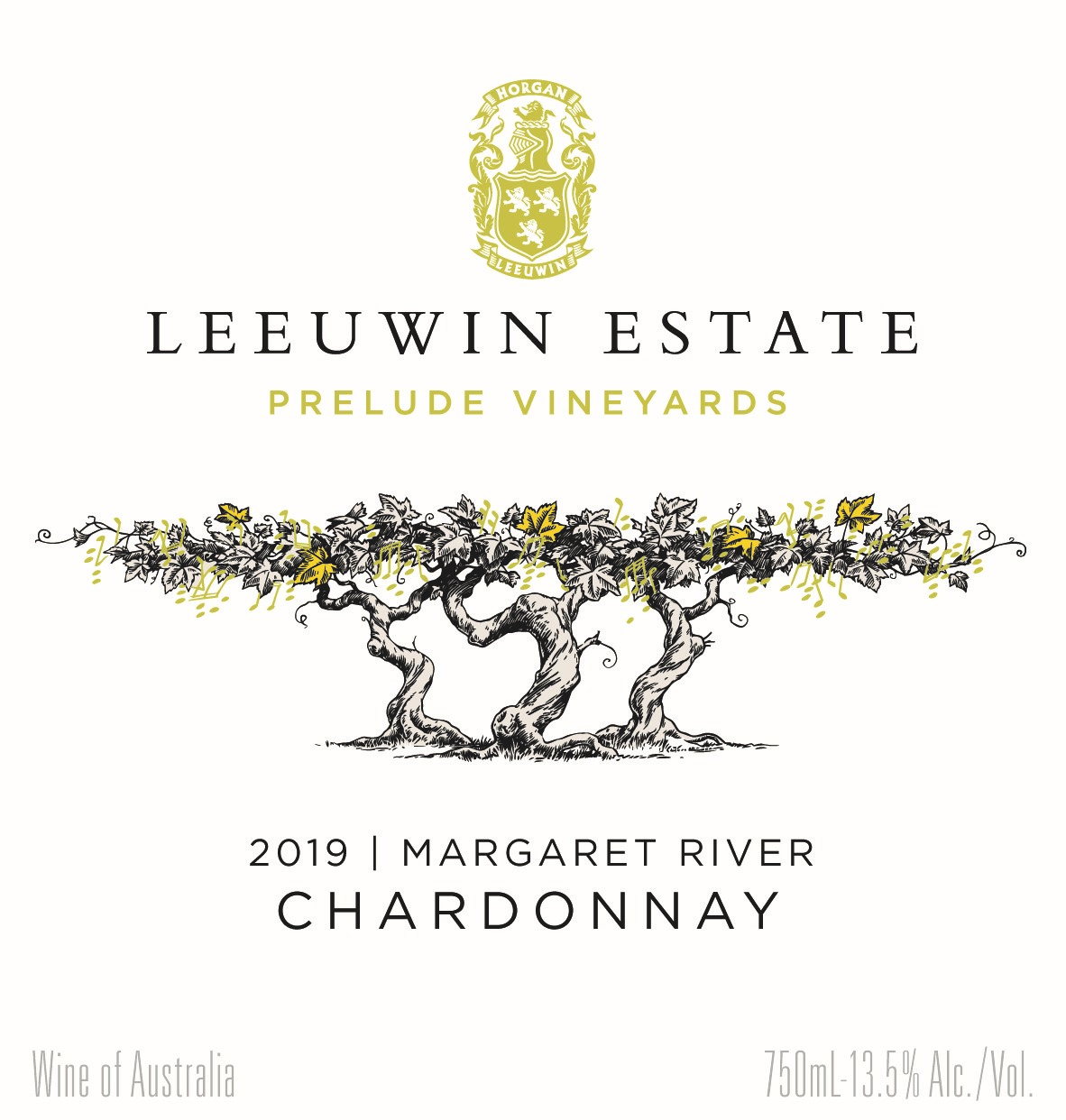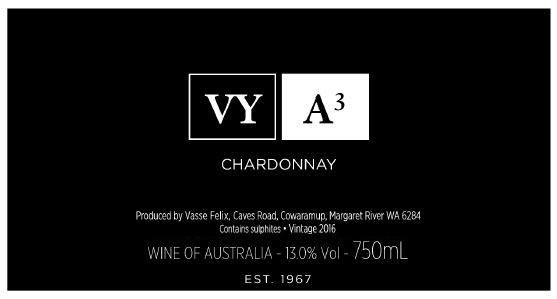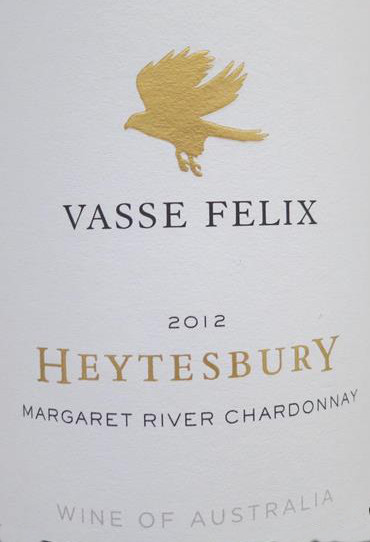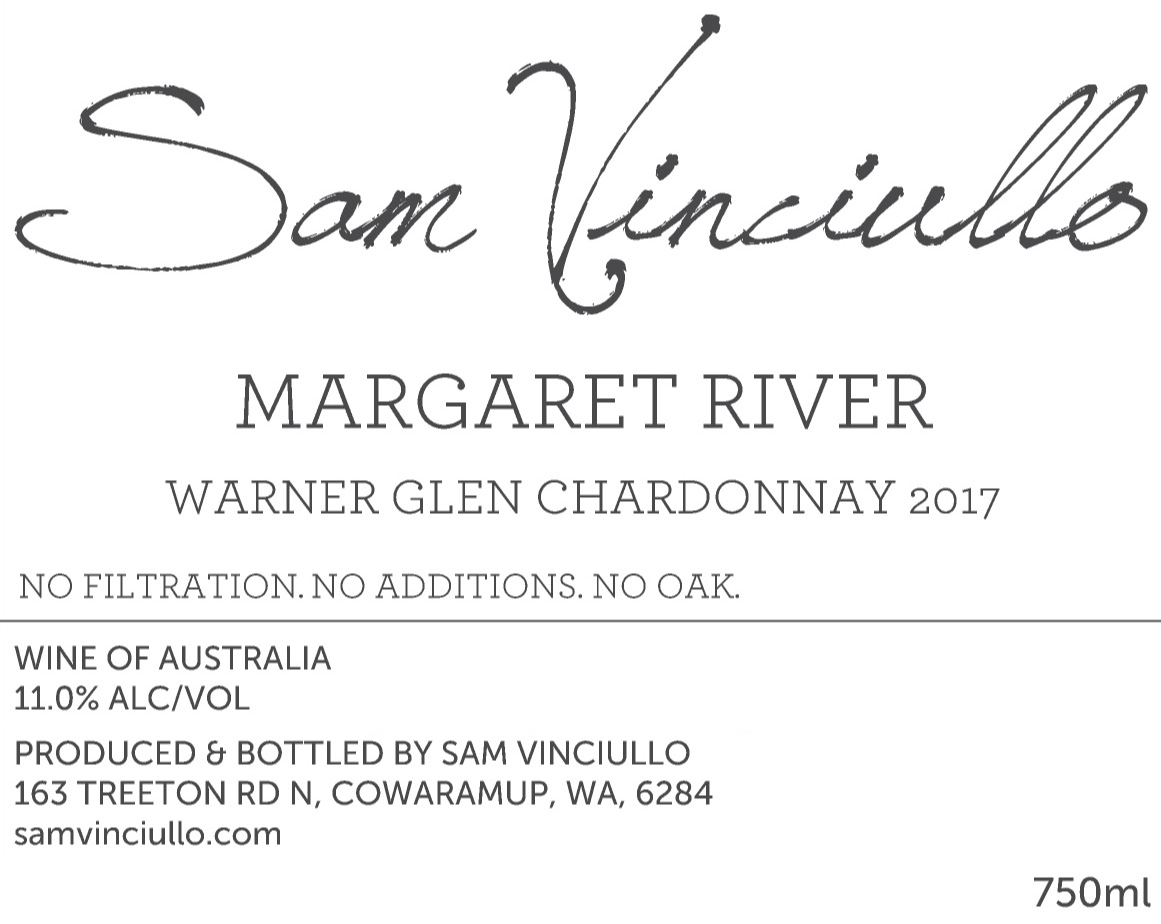Terroir of Margaret River
The Margaret River region enjoys a cool Mediterranean climate due to its proximity to the ocean. This leads to mild winters with significant rainfall between 1,000–1,200 mm, while summers are warm and sunny, aided by sea breezes. The low risk of frost and hail allows late-ripening grapes like Cabernet Sauvignon to mature fully during a long growing season.
Vineyards here are situated on ancient granitic and gneissic bedrock, which has weathered into iron-rich, gravelly loams and sandy clay-loams. These low-fertility soils control vine growth, resulting in small, concentrated berries. The mostly flat to gently rolling landscape is 50–150 meters above sea level, with gentle slopes aiding drainage and sunlight exposure. Being close to the coast brings cooling breezes, enhancing the wine's freshness and clarity.
Notable Wineries in Margaret River
Margaret River, a jewel of Western Australia's wine scene, is home to several celebrated wineries known for their excellence and innovation. Here are some standouts:
-
Vasse Felix: Established in 1967, renowned for its iconic Cabernet Sauvignon and Chardonnay.
-
Leeuwin Estate: Famous for the "Art Series" Chardonnay and a key player in wine tourism, offering art and dining experiences.
-
Cullen Wines: A leader in organic and biodynamic practices, crafting standout Cabernet and Chardonnay.
-
Xanadu: Known since the 1970s for consistently excellent Cabernet Sauvignon and Chardonnay.
-
Voyager Estate: Renowned for its elegant wines and beautiful gardens, enhancing the visitor experience.
Sustainable Winemaking in Margaret River
Margaret River stands out as a leader in sustainable wine production, thanks to its embrace of organic and biodynamic farming. The region's mild climate reduces disease risks, allowing for natural viticulture methods that enhance soil health and biodiversity through cover crops and livestock.
Water conservation is a priority, with winter rainfall reducing irrigation needs, while drip systems and soil-moisture checks ensure efficient water use. Many wineries are adopting solar power and energy-efficient building designs, including natural ventilation and gravity-flow systems.
Producers actively participate in national sustainability programs, with some achieving carbon-neutral status by composting grape waste and using lighter packaging. Environmental stewardship is key, as vineyards are developed with care to preserve native habitats and biodiversity, aligning high-quality wine production with ecological preservation.
Wine Tourism in Margaret River
Margaret River, a prominent wine region in Western Australia, offers diverse wine tourism experiences. Visitors can explore numerous cellar doors, enjoying tastings paired with local delicacies like seafood and cheeses. Many vineyards provide dining options, blending workshops, and guided tours, enhancing the wine experience.
Scenic trails, such as the renowned Caves Road, connect vineyards with beaches and forests, perfect for chauffeured or cycling tours. Adventurous visitors can hike parts of the Cape to Cape Track, incorporating wine stops along the way.
Seasonal festivals and events celebrate the region's vibrant wine culture, featuring long-table dinners and special tastings. In addition to wine, visitors can explore natural attractions like limestone caves and cultural sites, including galleries and markets. The area also boasts craft breweries and farm-gate producers, offering a complete gourmet adventure that complements the region's esteemed wines.
